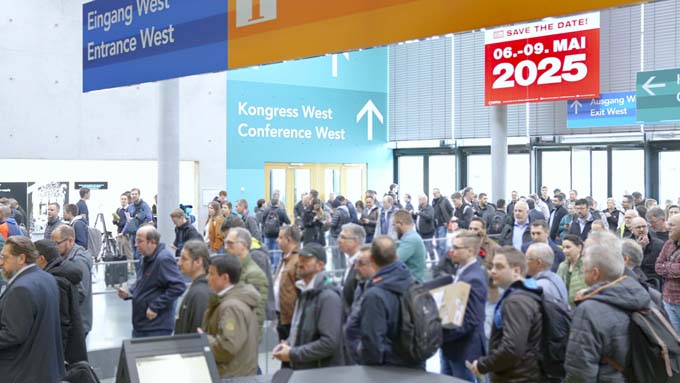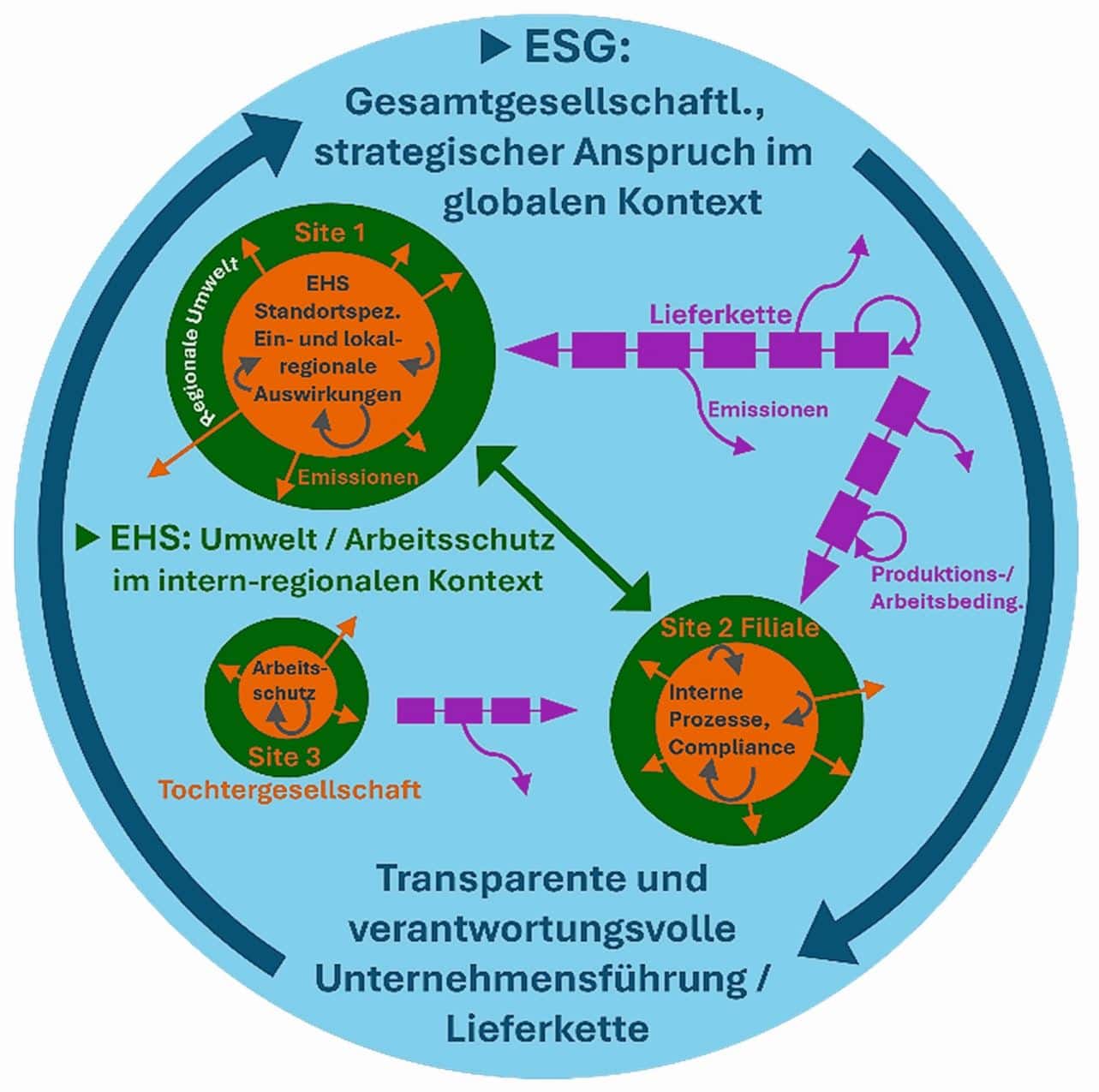Seven steps to a modern public administration
The digitalization of public administration is making progress. With the Digital Administration Strategy 2024-2027, the federal government, cantons, cities and municipalities have defined which areas of action should be prioritized in the near future. Dell Technologies explains which measures support the transformation and what opportunities arise from artificial intelligence and GenAI.

The seven most important steps in administrative transformation are:
- Breaking down organizational silos: Very narrow responsibilities and structures that have evolved over decades have led to public authorities and specialist departments often working in isolation from one another. A first step towards breaking down these organizational silos is to hold workshops with representatives from all departments, including IT, in order to develop a common vision and goals for a modern public administration. On this basis, interdisciplinary teams can then be set up to implement individual initiatives or services across departments.
- Creating technical standards: The organizational silos have also resulted in highly fragmented IT landscapes with unconnected or even incompatible systems and specialist applications. This makes it difficult to digitalize processes across the board. This is why public authorities urgently need uniform digital infrastructures and platforms that rely on open standards and interfaces. Only in this way can data flow smoothly between the agencies involved in an administrative process.
- Modernize operating models for IT: Modern systems and platforms enable service-oriented IT that scales seamlessly and can quickly provide services such as storage, a virtual machine or a container - just as we know it from the cloud. Where these services run then depends on requirements such as latency, costs and data protection; the cloud is ultimately just an operating model and not a location. However, it makes sense not to host everything yourself, but to use municipal data centers, regional data centers or the data centers of local IT service providers. Ultimately, such multicloud approaches relieve the burden on IT teams and are generally more cost-effective and sustainable, as large infrastructures can be operated much more efficiently than small infrastructures.
- Putting processes to the test: The high digitalization pressure on public authorities is resulting in new portals that citizens and authorities can use to submit their applications and inquiries online. Behind the digital front ends, however, there are often still the same analog processes as before - in some cases, applications are still printed out or data is manually transferred from one system to another. In order to shorten processing times and make work easier for employees, authorities need to take a holistic view of their processes and optimize them first before tackling their digitalization.
- Exploiting the opportunities of AI: AI has enormous potential to make public administration more citizen-friendly. Chat and voice bots, for example, are available around the clock and can answer questions or assist with filling out applications, and in different languages. Text recognition helps with the digitization of paper documents, and in specialist applications, bots can, among other things, prepare data clearly, forward documents to the right places and recommend options for action so that decisions about services are made more quickly and fairly.
- Strengthen resilience against cyberattacks: The attack surface is growing with new digital services, and ransomware attacks repeatedly show that authorities and municipal institutions are poorly prepared for them. One reason for this is the focus on traditional threat defense. Once attackers have overcome these, there is a lack of tools and processes to prevent major damage and quickly restore systems and data. A greater focus on cyber resilience, as prescribed by the EU's NIS2 Directive, is urgently needed to minimize risks, protect the data of citizens and companies and increase the availability of administrative services. In addition to the implementation of zero-trust principles and tried-and-tested emergency plans, modern data protection solutions with immutable storage and data vaults also strengthen resilience. They ensure that data is available for recovery after an attack. Conventional backup solutions cannot guarantee this, as attackers often try to render data backups unusable.
- Involve employees right from the start: New processes and digital applications are also changing the tasks of employees in public administration. To ensure that the new tools are optimally suited to their requirements in their day-to-day work and are accepted after their introduction, it is necessary to involve employees in digitization projects from the outset. They also need training to find their way around the tools and to be able to handle applications and data in a security and data protection-conscious manner.
"To put it simply, the first step is to have standardized systems and platforms that can be managed with little effort and enable smooth data flows in end-to-end processes. Artificial intelligence can then become the basis for new services, the automation of administrative processes and support for complex decisions. The result is more efficient administration with a citizen-friendly offering," says Frank Thonüs, Managing Director at Dell Technologies Switzerland. "Not all systems and applications should necessarily be operated in-house. In view of the shortage of IT specialists, tight budgets and increasing security requirements, this does not make sense."
Source: www.delltechnologies.com
This article originally appeared on m-q.ch - https://www.m-q.ch/de/in-sieben-schritten-zu-einer-modernen-oeffentlichen-verwaltung/









